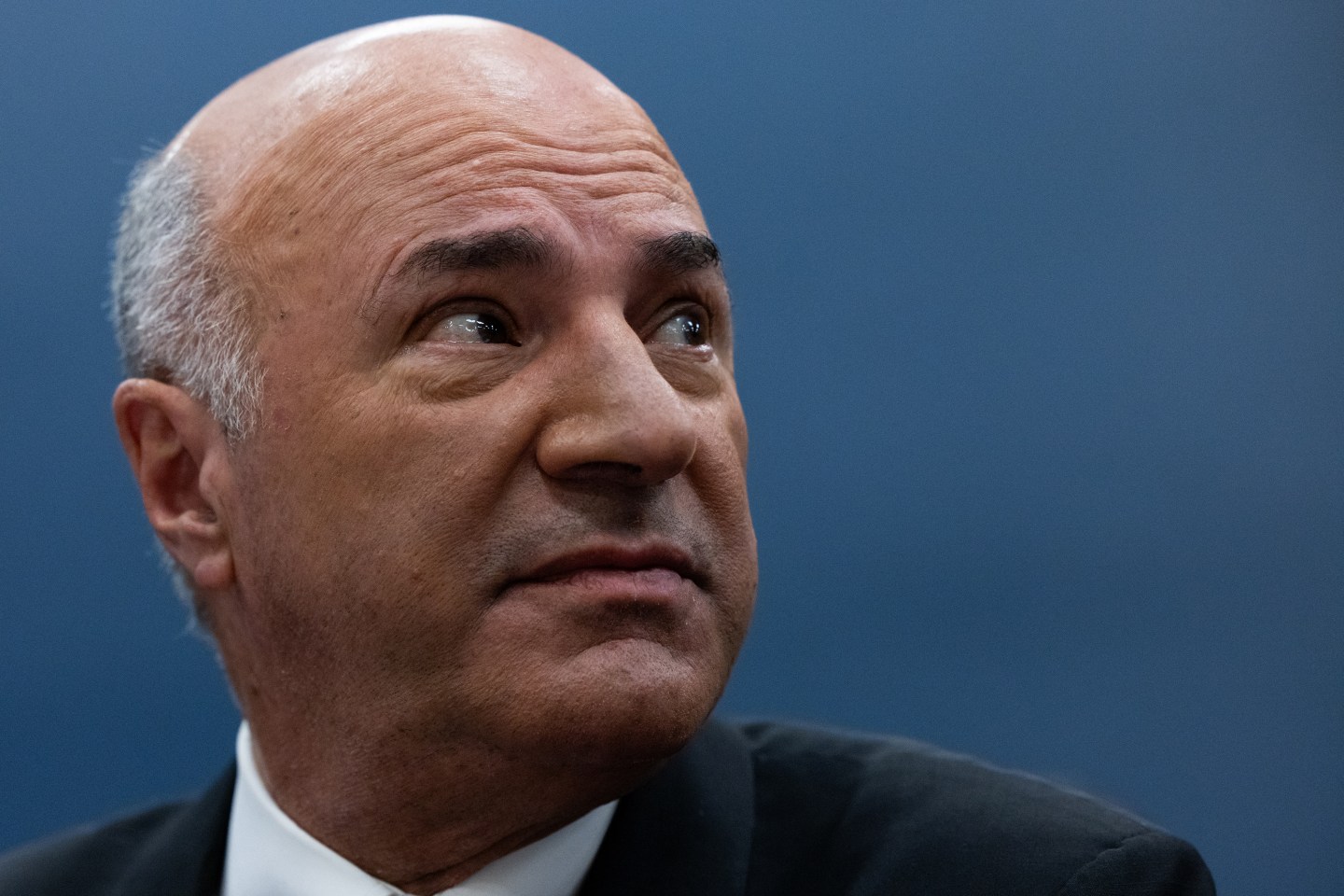Following Tuesday’s announcement of 12 Oscar nominations for director Jane Campion’s “The Power of the Dog,” researchers report that the percentage of women directing top-grossing movies reached an all-time high of 15% in 2020.
An analysis of top films from 2007 to 2021 shows “real progress behind the camera,” according to the report released Wednesday by the USC Annenberg Inclusion Initiative. Out of 1,542 directors over that span, just 5.4% were women. But the percentage increased to a record 15% in 2020 before retreating to 13% last year.
The progress wasn’t uniformly felt. While directors from underrepresented racial or ethnic groups reached a 15-year-high in 2021, the share of minority female directors remained stagnant at less than 2%.
“It’s clear from the data that the perception of a woman director in Hollywood is a White woman, while underrepresented means an underrepresented man,” said Stacy Smith, founder of the initiative.
The findings reflect the “first sustained increase” in the percentage of women directors since 2007, Smith said. Yet “there is still room for growth to match the 51% of women who comprise the U.S. population.”
The release of the report follows the announcement of nominees for the 94th Academy Awards a day earlier. Campion’s “The Power of the Dog” led with 12 nominations, including best director and best picture. She is the first woman to garner two Oscar nominations for best director, including for her 1993 film “The Piano.”
Chloé Zhao last year became the second woman to win in the category for “Nomadland,” after Kathryn Bigelow took home the best director prize for “The Hurt Locker” in 2010.
The USC study found that the percentage of directors from underrepresented racial or ethnic groups last year reached 27%, compared with the overall percentage of 15% over the last 15 years.
Streaming platforms have been particularly promising for women and underrepresented directors. Netflix Inc., Amazon.com Inc., Walt Disney Co.’s Disney+ and AT&T Inc.’s HBO Max had a higher percentage of directors from both groups than traditional Hollywood studios.
In 2020-2021, female directors accounted for 38% of films at Amazon, 29% at Disney+, 20% at HBO Max and 18% at Netflix, compared with 14% for big studio movies.
Over that same span, underrepresented directors at streaming platforms increased significantly in the past two years and amounted to 33% at Amazon Prime, 32% at HBO Max, 29% at Disney+ and 26% at Netflix. By comparison, underrepresented groups account for 23% of directors of top-grossing films.
“The future of inclusion is on streaming platforms that recognize the diverse audiences they serve,” Smith said.
Never miss a story: Follow your favorite topics and authors to get a personalized email with the journalism that matters most to you.











